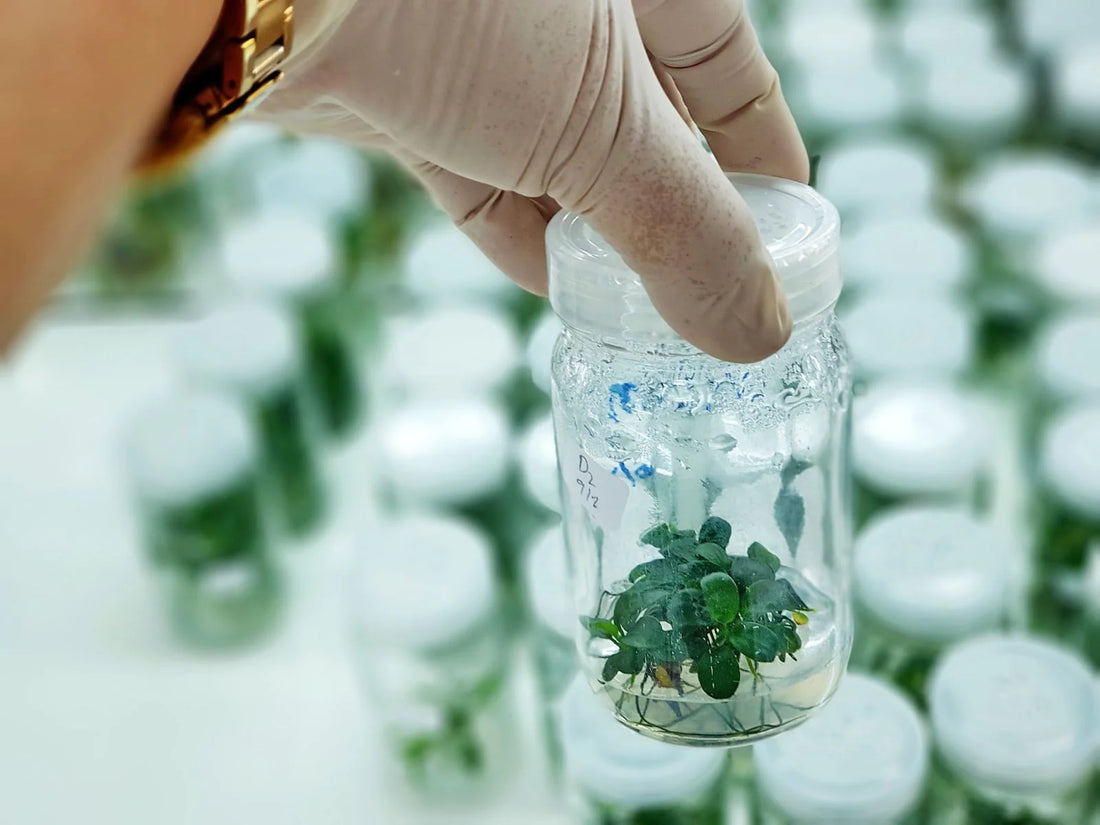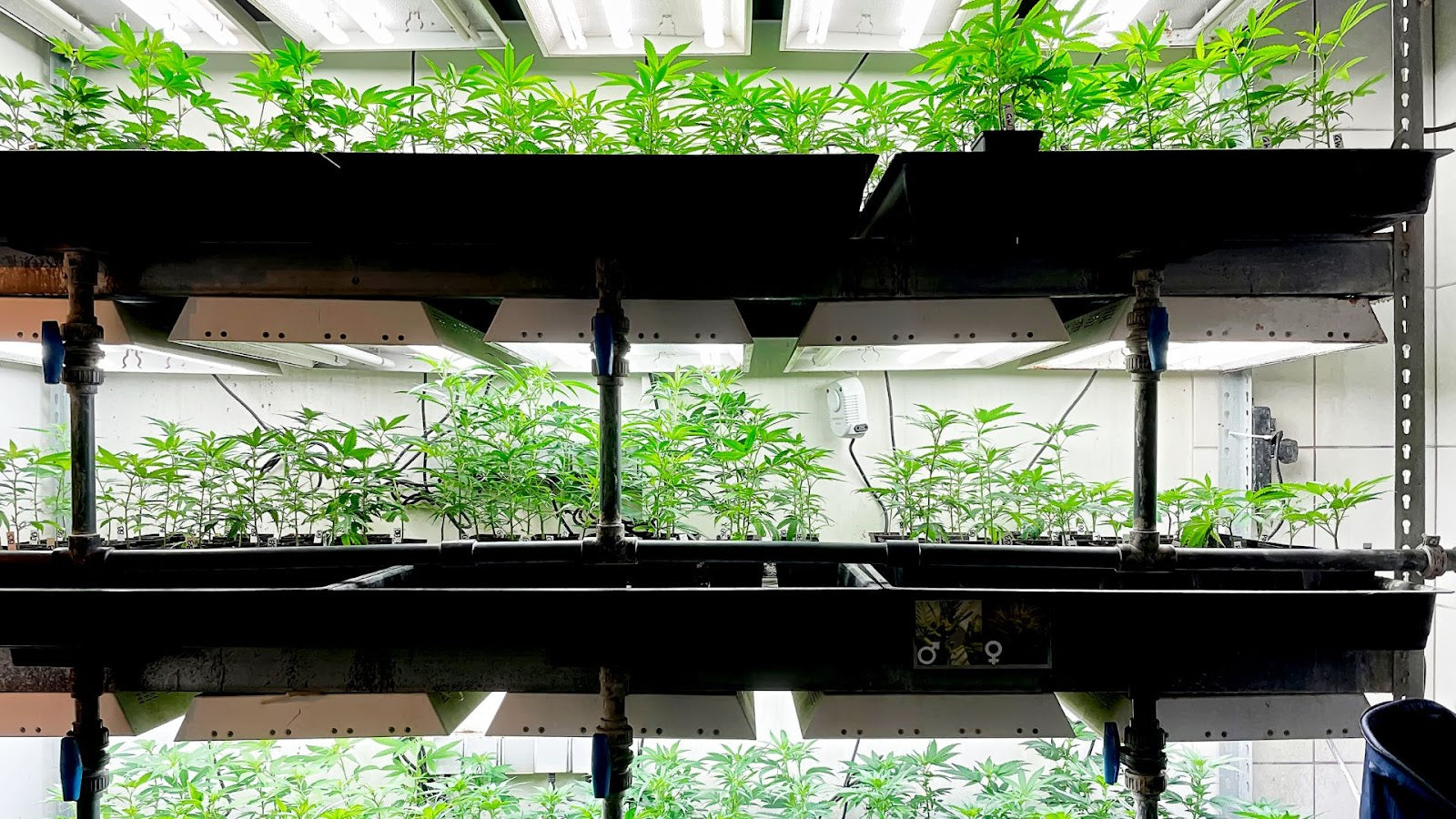
Get back to basics: What is Tissue Culture?
As a content and community manager, I leverage my expertise in plant biotechnology, passion for tissue culture, and writing skills to create compelling articles, simplifying intricate scientific concepts, and address your inquiries. As a dedicated science communicator, I strive to spark curiosity and foster a love for science in my audience.


Introduction
Since ancient times, we have known the traditional ways of growing plants, i.e. from seeds or cuttings of plants. Later, other conventional methods have been introduced by farmers, like layering, division, grafting, and budding techniques.
However, when you work on a commercial scale, these techniques do not offer you much advantage. Further, the major challenge while using such techniques is protecting your plants against pathogens and pests.
So, how can one tackle these issues, grow healthy plants, and match the global heavy demands of customers?
The answer is “Tissue Culture”, also known in vitro plant propagation technique.

What is Tissue Culture?
Tissue Culture is an advanced plant propagation technique, where a few tissues of the plants are grown in a controlled artificial environment under complete aseptic conditions.
The concept of totipotency (the ability of plant cells to regenerate into a whole plant) and tissue culture was first introduced by German Botanist Gottlieb Haberlandt in 1902. And, that’s why he is also known as the father of tissue culture.
In 1904, Hanning isolated embryos of crucifers and was successful in growing them on mineral salts and sugar solutions. Since then, the technique has been improved and developed in many different ways.
Different artificial nutrient media have been developed supporting the growth and development of plants in vitro, such as MS media, Gamborg’s media, Linsmaier and Skoog (LS) medium, and White’s Medium. Further, synthetic plant hormones are used to induce faster and proper organ development of in vitro plants.

Types of Tissue Culture Techniques
Tissue Culture is of different types based on the type of explant (a piece of plant or tissues) used in the process. It includes:
- Callus culture: The callus is an undifferentiated mass of cells. It’s obtained when explants are cultured in a controlled artificial environment that later leads to the formation of plant organs.
- Organ culture: In this method, any organ of the plants, including stem, root, or leaves, are cultured in an artificial condition. It’s used to preserve the structure and functions of the desired plant.
- Meristem culture: In this method, the meristem of the plants are cultured in an artificial condition. It’s preferable for disease elimination cases.
- Embryo culture: This approach utilized embryos of the plants that are sterilized and cultured on suitable culture media for plant development.
- Protoplast culture: In this method, protoplasts from the plant parts are collected and cultured first for cell wall development and tissue differentiation, which is again followed by plant regeneration.
- Seed culture: Here, seeds are cultivated on an artificial medium for plant regeneration.
Applications of Tissue Culture
Tissue culture has a wide range of applications, starting from genetic engineering to agriculture. Have a look at some of its uses:
- The production of secondary products from large-scale plant cell growth in liquid culture.
- Pre-zygotic and post-zygotic barriers can be overcome using in vitro fertilization techniques, embryo or ovule culture, or protoplast fusion.
- In vitro fertilization is a useful technique that facilitates both interspecific and intraspecific genetic crosses. This helps in overcoming the physiological incompatibility that occurs during hybrid formation.
- Embryo culture is a useful technique to overcome embryo abortion, low seed set, seed dormancy, slow seed germination, inducing embryo growth in the absence of a symbiotic partner, and the production of monoploids of barley.
- Protoplast fusion is the best technique to produce hybrids of plants, which simply can not be produced by using conventional techniques.
- The doubled in vitro-produced haploids save both time and cost when it comes to producing homozygous breeding lines with high efficiency, compared with other methods.

Advantages and Disadvantages of Tissue Culture
The following are some of the benefits of propagating plants using tissue culture techniques:
- The techniques can be used to obtain disease-free plants.
- It’s used for the mass production of plants or growing plants for commercial purposes.
- It’s an effective technique for the conservation of endangered plant species.
- Plants can also be grown without plants in a suitable season.
- Plants that are difficult to grow using a conventional approach can be easily cultivated using this technique.
- It can be easily used to produce hybrid plants, especially achieving a hybrid from the interspecific and intergeneric hybridization processes.
- It can be used to produce plants on a large scale in a short time, compared to the conventional approach.
- It’s an effective technique to increase the plants’ yield.
- It’s helpful in embryo rescue when a cross between two incompatible species leads to embryo abortion.

Despite its many advantages, tissue culture also has several limitations, including:
- Doing tissue culture requires some basic education and practice before getting started working with it.
- It’s an expensive approach.
- It requires strict aseptic conditions, otherwise, contamination can ruin all your cultured plants, thus your hard work and money invested in them.
- You need a whole lab setup, with tools and equipment, and greenhouse space to carry out the tissue culture of plants.
- Continuous observation to check the need for the media and plants’ health is necessary.
- Plants need proper acclimation. If it’s not done properly, the plants will die soon enough.

How is Plant Cell Technology Helping Culturists Worldwide In Their Tissue Culture Application?
Plant Cell Technology is helping tissue culturists around the world by providing unique and world-class products and services that smoothen their process. It has MS media, agar, gellan gum, Plant Preservative Mixture (PPM), culture vessels, Biocoupler (TM), and masks in its store to facilitate your processes.

And, that’s not it! Plant Cell Technology also offers consultation services to culturists of all sizes that help to get instant solutions to your tissue culture problems.
So, visit www.plantcelltechnology.com today and find out more about our products and services and how we help you to excel in your tissue culture processes.
Happy Culturing!!
Blog Categories
View by Level
Popular Blogs

New Technical Agar Vs Supreme Agar
Introduction What’s the secret element that supports and holds plants in vitro? Not sure? It’s the solidifying agent. Solidifying agents...
Read More
Get the Protocol: How to Tissue Culture Nepenthes Using Nodes and Seeds
Introduction This plant is non-vegeterian... ...and we're not kidding! Nepenthes belongs to one of the most interesting families of carnivorous...
Read MoreSubscribe to Our Newsletter








Join the conversation
Your email address will not be published. Required fields are marked